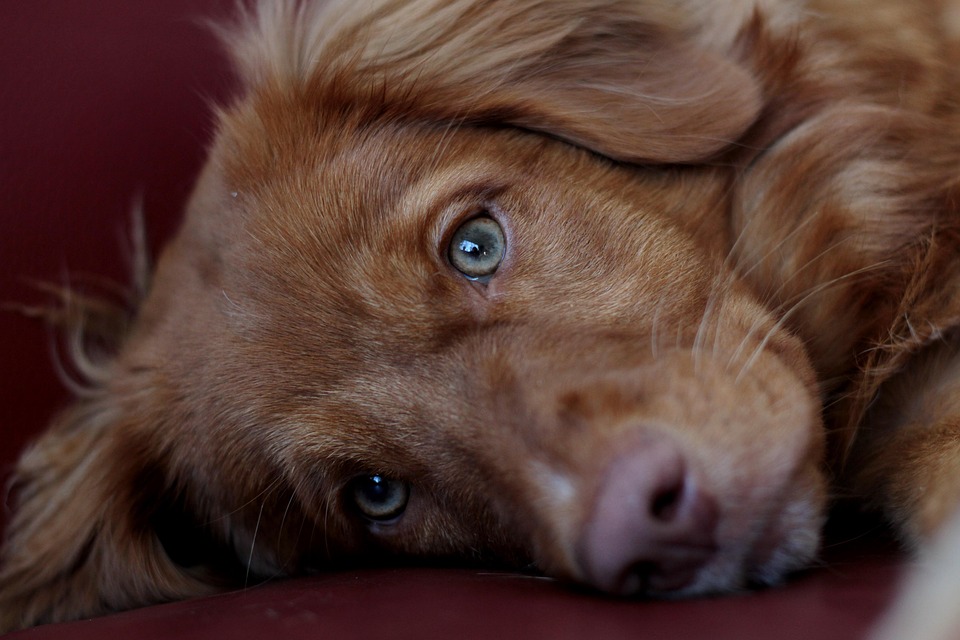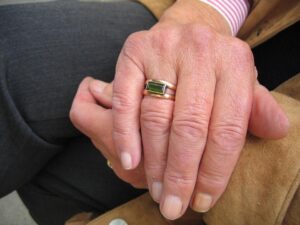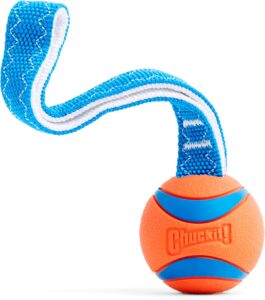
Bringing a new puppy into your home is a joyful experience, filled with cuddles, playtime, and lots of tail-wagging. However, it also comes with its set of challenges, particularly when it comes to training. Successful puppy training is crucial for ensuring a harmonious relationship between you and your furry friend. This article provides top tips for achieving expert puppy training success, ensuring your puppy grows into a well-behaved adult dog.
Understanding Puppy Behavior
Before embarking on the training journey, it’s essential to understand puppy behavior. Puppies, like human babies, are curious, energetic, and eager to learn. They explore the world through their senses, particularly smell and taste, which often leads to chewing and mouthing. Recognizing these behaviors as natural will help you approach training with patience and empathy.
Starting with Basic Commands
The foundation of any successful training regimen is teaching your puppy basic commands. These include “sit,” “stay,” “come,” “down,” and “leave it.” Start with one command at a time, using positive reinforcement techniques such as treats, praise, and petting. Consistency is key. Ensure everyone in your household uses the same commands and rewards to avoid confusing your puppy.
Teaching the “Sit” Command
One of the simplest commands to teach is “sit.” Hold a treat close to your puppy’s nose and slowly move it above their head. As your puppy lifts their head to follow the treat, their bottom will naturally lower to the ground. Once they are sitting, say “sit” and reward them with the treat and praise. Repeat this process several times a day until your puppy consistently sits on command.
Crate Training: Creating a Safe Space
Crate training is an effective method for house training and providing your puppy with a safe space. Choose a crate that is large enough for your puppy to stand up, turn around, and lie down comfortably. Introduce the crate gradually, encouraging your puppy to explore it with the door open. Use treats and toys to make the crate a positive place. Never use the crate as a form of punishment, as this can create negative associations.
Establishing a Routine
Puppies thrive on routine. Establish a consistent schedule for feeding, bathroom breaks, playtime, and training sessions. Regular bathroom breaks are essential to prevent accidents and reinforce house training. Take your puppy outside to the designated potty area after meals, playtime, and naps. Praise and reward them immediately after they eliminate outside to reinforce the behavior.
Socialization: Introducing Your Puppy to the World
Socialization is a critical aspect of puppy training. It involves exposing your puppy to various people, animals, environments, and experiences. Proper socialization helps prevent behavioral problems and ensures your puppy grows into a well-adjusted adult dog. Begin socialization early, once your puppy has received their initial vaccinations.
Positive Exposure
Expose your puppy to different sights, sounds, and textures in a controlled and positive manner. Take them for short car rides, introduce them to friendly dogs and people, and expose them to everyday noises such as vacuum cleaners and doorbells. Use treats and praise to create positive associations with new experiences, ensuring your puppy feels safe and confident.
Addressing Common Puppy Behaviors
Puppies may exhibit behaviors such as biting, chewing, and jumping. Addressing these behaviors early is crucial to prevent them from becoming ingrained habits.
Biting and Mouthing
Puppies explore the world with their mouths, which can lead to nipping and biting. Redirect this behavior by offering a variety of chew toys. If your puppy bites during play, let out a high-pitched yelp to mimic the sound of a hurt littermate, then withdraw attention for a few moments. Consistency and patience are vital in teaching your puppy that biting is not acceptable.
Chewing
Chewing is a natural behavior for puppies, often associated with teething. Provide appropriate chew toys and regularly rotate them to keep your puppy interested. If you catch your puppy chewing on something inappropriate, redirect them to a suitable toy and praise them when they chew on it.
Jumping
Puppies often jump up to greet people, but this behavior can become problematic as they grow larger. Teach your puppy to greet people politely by ignoring them until all four paws are on the ground. Reward calm behavior with treats and attention. Consistency across all members of the household and visitors is crucial in curbing jumping behavior.
Consistency and Patience: The Cornerstones of Training
Consistency and patience are the cornerstones of successful puppy training. Puppies need time to learn and develop good habits, and training should be a positive experience for both you and your puppy. Short, frequent training sessions are more effective than long, repetitive ones. Always end training sessions on a positive note with praise and rewards.
Seeking Professional Help
If you encounter challenges during the training process or if your puppy exhibits persistent behavioral issues, consider seeking professional help. A professional dog trainer or behaviorist can provide personalized guidance and support to address specific concerns. Look for trainers who use positive reinforcement methods and have experience working with puppies.
Conclusion: A Lifelong Journey
Puppy training is a lifelong journey that lays the foundation for a strong bond between you and your dog. By understanding your puppy’s behavior, using positive reinforcement, and maintaining consistency and patience, you can achieve expert puppy training success. Remember, every puppy is unique, and training should be tailored to their individual needs. Enjoy the journey, celebrate small victories, and relish the joy of watching your puppy grow into a well-behaved and cherished member of your family.
#ChatGPT assisted in the creation of this article.








